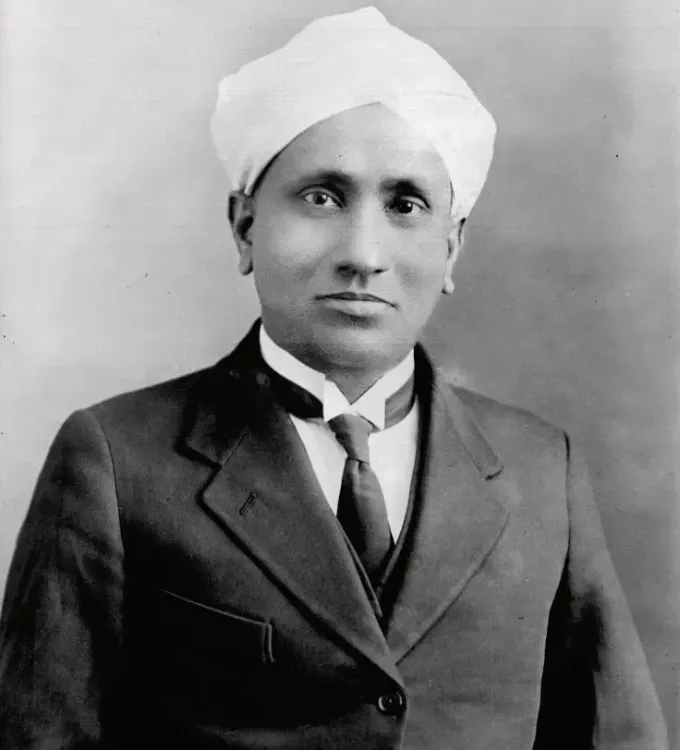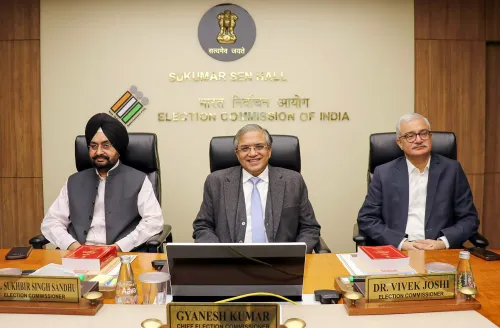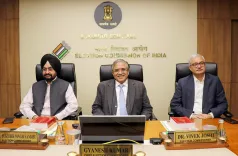Is Nobel Laureate C V Raman a True Legend Who Illuminated the World of Science and Technology?

Synopsis
Key Takeaways
- C V Raman was a pioneering physicist who received the Nobel Prize in Physics in 1930.
- The Raman Effect revolutionized the understanding of light and material analysis.
- His discovery brought global recognition to Indian science.
- National Science Day is celebrated in his honor on February 28.
- Raman's legacy continues to inspire future generations of scientists.
New Delhi, Nov 21 (NationPress) Union Minister Jitendra Singh hailed Nobel laureate C V Raman as a true legend who enlightened the realms of science and technology on the occasion of the physicist's 55th death anniversary this past Friday.
Sir Chandrasekhara Venkata Raman, renowned for his pioneering research in light scattering, departed this world on November 21, 1970, in Bengaluru.
“As we honor the remarkable physicist and Bharat Ratna Sir C.V. Raman today, we remember his groundbreaking discovery of the ‘Raman Effect’, which awarded him the first Nobel Prize in Physics in 1930 and made him the first Asian to be recognized with a Nobel in any scientific field,” Singh, the Minister of State for Science & Technology, noted in a post on the social media platform X.
“He was indeed a true legend who illuminated the world of Science and Technology,” he added.
The Raman Effect refers to the alteration in the wavelength of light that occurs when it interacts with molecules.
This phenomenon, named in honor of Raman, who was born on November 7, 1888, was discovered while he was conducting research at the Indian Association for the Cultivation of Science in Kolkata, and it is extensively used for material analysis.
This monumental achievement not only transformed the understanding of light but also elevated the status of Indian science globally.
Raman was awarded the 1930 Nobel Prize in Physics, becoming the first Asian laureate in the field of science.
“As we remember Bharat Ratna Sir C.V. Raman, we reflect on how his groundbreaking discovery of the Raman Effect revolutionized the scientific community and brought global recognition to India,” said the CSIR-National Institute of Science Communication and Policy Research (CSIR-NIScPR) on X.
“His unwavering curiosity, pioneering research, and commitment to advancing scientific knowledge continue to motivate students, researchers, and innovators through generations. A true champion of Indian science, his legacy serves as a reminder to question, explore, and discover,” they added.
In his honor, the government has established National Science Day on February 28 -- the anniversary of the discovery of the ‘Raman Effect’.









